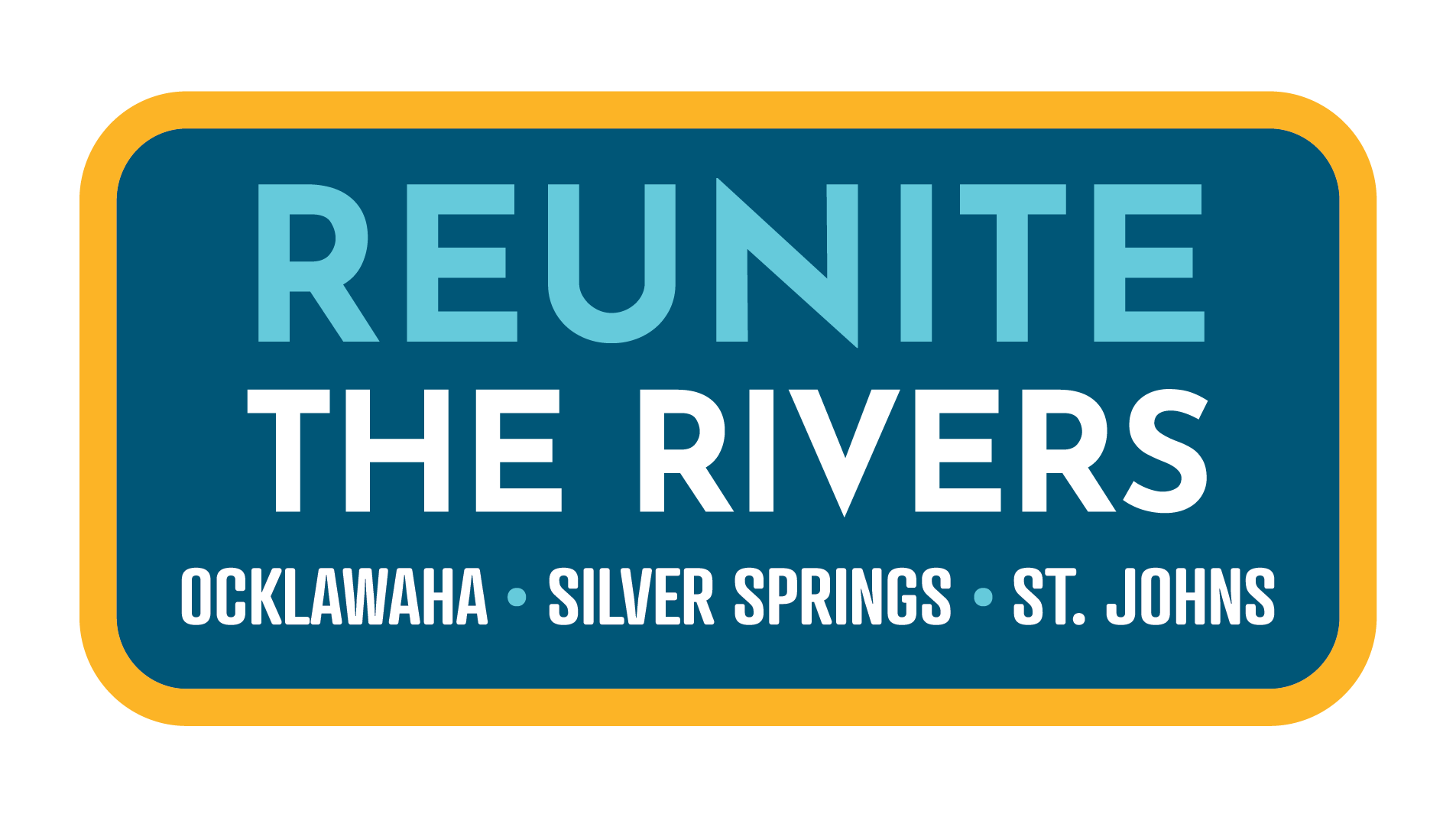Frequently Asked Questions Reuniting the Rivers
What will be left behind when the Rodman reservoir is drained?
Will nearby lakes and wells be impacted if the Ocklawaha is restored?
(Source: St. Johns River Water Management District Technical Fact Sheet SJ2017-FS2)
Would the Rodman reservoir make a good drinking water supply source?
What will happen to the natural water flow after restoration? Where will it go?
How does the cost to restore the river compare with the cost to keep things the way they are?
Finally, a recent economic analysis projects a 28% increase in recreational activity with a restored river compared to the existing pool. The projected 10-year return on investment is 7.6% which is greater than most public works projects. Restoration is projected to bring a cumulative net benefit of $47.2 million over 10 years, while keeping the dam or status quo with no restoration is projected to create a cumulative loss of $5.3 million (Alan Hodges, PhD, retired UF economist). Restoration would yield much needed, increased economic activity to this rural area.
* Cost does not include recreation upgrades or updated construction costs.
What would the difference be between the current downstream water flow (and fish and wildlife passage) and the downstream water flow (and fish and wildlife passage) after restoration?
Regarding fish and wildlife passage, to travel up or downstream now, fish and manatees must pass through the lock system. Currently, very few fish and manatees make their way into the lock and then into the pool compared to the free-flowing river scenario. This is particularly true for fish since they are naturally attracted by constantly flowing water and not by very limited, intermittent pulses such as those generated by the occasional opening and closing of a lock. Some have suggested just leaving the lock wide open; however, doing so would drain the pool completely in less than a week.
How will breaching the Rodman/Kirkpatrick Dam impact the current fishing economy in Putnam County?
Would restoration eliminate or decrease bank fishing?
Restoration is expected to bring an abundance of many sought-after species such as Striped Bass, Redbreast Sunfish, Spotted Sunfish, Channel Catfish, White Catfish, and Brown Bullhead to the system. It is true that the “tailwater fishing” that is currently popular just below the dam will no longer exist. However, there will remain a shallow pool in that location and the existing boat ramp and recreational facilities are expected to be improved.
How will breaching the Rodman/Kirkpatrick Dam impact the fisheries?
Similarly, since fish attempting to move up the river currently are blocked by the dam, they congregate in large numbers in the dam’s tailwaters where they are easily targeted by bank fisherman. Breaching the dam would impact this tailwater fishery, but overall fish abundance would not decrease, since these fish would continue to move upstream and disperse throughout the river and springs. Additionally, the numbers and types of fish species would increase upstream of the current dam, resulting in an enhanced fishing experience.
